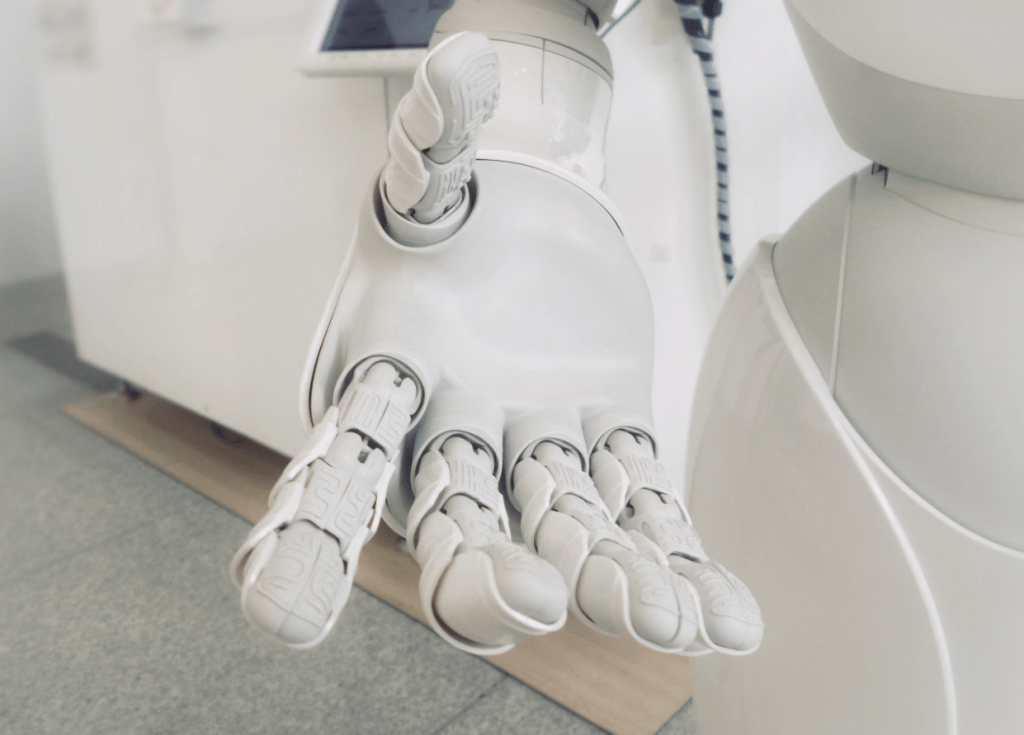4 things businesses can do to make their cybersecurity more resilient to AI threats

The new wave of cybersecurity threats is being fueled by artificial intelligence (AI), creating an unprecedented level of risk for businesses. Traditional security measures no longer suffice. AI threats evolve quickly, adapting to bypass defenses that aren’t equally advanced. To stay ahead, your cybersecurity strategies must be as dynamic as the threats they face. Here are four essential measures that can help enterprises globally navigate this new landscape.
Key Points
- AI-driven threats demand advanced defenses: Traditional security measures can’t keep up with the rapid evolution of AI-based cyber threats, necessitating adaptive and proactive cybersecurity strategies.
- Leverage tailored antivirus software: Specialized antivirus solutions are essential for protecting servers from malware and ensuring smooth, uninterrupted operations.
- Behavior-based monitoring is crucial: By observing deviations in normal user and system behavior, businesses can identify and respond to emerging threats before they cause damage.
- AI tools enhance threat detection: AI-powered anomaly detection and real-time data analysis help businesses identify and mitigate risks faster, making them more resilient against cyberattacks.
- Employee training and proactive audits are key: Regular awareness sessions, attack simulations, and auditing of AI systems help maintain a vigilant workforce and secure environment against evolving AI threats.
Leverage Cybersecurity Software
Using advanced antivirus software is fundamental to protecting your servers. Without it, malware can infiltrate your system, potentially compromising your entire network. Antivirus solutions don’t just detect and eliminate threats; they maintain the overall health of your servers, ensuring smooth operations without interruptions. This is why picking essential antivirus for server security is so important. It’s not just about protection; it’s about compatibility and performance, so your servers run efficiently without unnecessary slowdowns.
Advanced threat detection systems are pivotal for identifying suspicious activities before they escalate. These tools analyze data in real-time, detecting even minor anomalies. If something unusual arises, you’ll be alerted instantly, giving you the chance to take action before a hacker’s tactics can evolve.
With advanced threat detection, your business gains precious time to respond to threats, minimizing potential damage. Staying ahead of cybercriminals who are always refining their strategies is possible only with tools that can keep up.
Behavior-Based Monitoring: A Proactive Approach
Behavior-based monitoring offers an additional layer of protection by observing how users and systems typically operate. If an abnormal event occurs, like an unusual access request during off-hours, the system flags it immediately. This approach doesn’t rely solely on known threats but is constantly on the lookout for anything unusual.
By proactively monitoring for unexpected behaviors, you can catch emerging threats before they turn into major incidents. This method is especially effective against AI cyber threats, which often come in new and unpredictable forms. It’s a safeguard that continuously adapts, just like the threats it defends against.
Implement AI Cybersecurity Tools
AI-powered anomaly detection is like having a vigilant security guard that never sleeps. These tools learn what typical system activity looks like and highlight anything that deviates from the norm. This approach represents a modern strategy in AI cybersecurity: using AI to combat AI-based threats.
AI tools can process massive volumes of data in real-time, making them highly efficient. They take over the tedious task of data analysis, enabling your team to focus on the most critical threats. This not only saves time but ensures that potential dangers are identified and addressed as soon as they appear.
Real-time data analysis allows your organization to react to threats the moment they arise. The ability to analyze data instantly means potential breaches are identified and neutralized before they can cause harm. This real-time capability is critical for outpacing cybercriminals who are constantly innovating new methods to infiltrate systems.
With machine learning, your cybersecurity approach becomes forward-looking. It doesn’t just detect existing threats; it predicts future risks based on data trends. By anticipating what might come next, you can reinforce your defenses before any attack happens. This proactive stance is crucial for managing the next wave of AI threats.
Prioritize Employee Training on AI Threats
Regular awareness sessions are key to keeping your staff informed about the latest AI-driven threats. The cybersecurity environment changes rapidly, and it’s essential that employees recognize the warning signs of phishing and malware. With ongoing education, your team can respond quickly before minor issues escalate.
These training sessions also foster a culture of vigilance. When everyone understands the risks, they are more likely to report anything suspicious. It’s not just the IT department’s responsibility—every employee is a frontline defender against potential cyberattacks.
Running simulations of AI-based attacks allows employees to experience how these threats unfold in a safe environment. This hands-on practice helps your team learn how to respond effectively, providing valuable insights into your security’s strengths and weaknesses.
Simulations can reveal gaps in your current defenses, enabling you to improve response strategies and strengthen your organization’s cybersecurity posture. This proactive approach is critical for maintaining readiness against evolving threats.
Phishing and AI-generated scams are becoming increasingly sophisticated, but with proper training, employees can identify subtle red flags. Cybercriminals use AI to make their attacks more convincing, but a well-prepared team can see through these deceptions, serving as the first line of defense.
Use Multi-Factor Authentication (MFA) and Encryption

Before implementing third-party AI tools, a thorough review is essential. Not all software is built with the same security standards, and some could introduce vulnerabilities into your system. Always ensure new tools meet your company’s security requirements before integrating them into your environment.
This evaluation process also allows you to assess the vendor’s reliability. Are they consistently updating their software to address vulnerabilities? Choosing tools that are actively maintained reduces the risk of creating weak points in your defenses.
Regular audits of your AI systems are vital. As integrations evolve, what was once secure may no longer be. Continuous auditing ensures any issues are identified before they can be exploited, keeping your AI cybersecurity strong and adaptive.
Audits also help verify that sensitive data shared between systems remains secure. For businesses handling critical information, this step is crucial to prevent accidental data exposure through third-party tools.
Isolating risky integrations is another effective strategy. Not every tool requires full access to your network, so limiting their scope can reduce potential damage if a vulnerability is exploited. By controlling the data each integration can access, you minimize your exposure and keep the core of your system secure.
Innovate to Counter AI Threats
Addressing AI-driven cyber threats requires more than a reactive approach. Staying ahead means implementing proactive strategies to strengthen your defenses long before an attack occurs. By carefully monitoring third-party tools, using advanced AI detection systems, and fostering a vigilant culture, enterprises can build a resilient cybersecurity framework.
It is really important that you consider the needs of your business and what you offer when considering which cybersecurity solutions to implement in your business. While many of the options should be foundational to all businesses now moving forward, there are some industries, such as healthcare, that pose more risks. Healthcare, for example, carries a lot of responsibility and very sensitive data about patients. That’s why specific cybersecurity solutions for medical devices are going to be vital.
Many business owners think that security is limited to attacks on computer devices and phones, when actually, it could be any smart device that your business has.
New threats demand new solutions, and leveraging AI against AI may be the key to staying secure in this evolving landscape. Every step you take towards fortifying your defenses makes your business more resilient, ensuring you stay one step ahead of cybercriminals.




